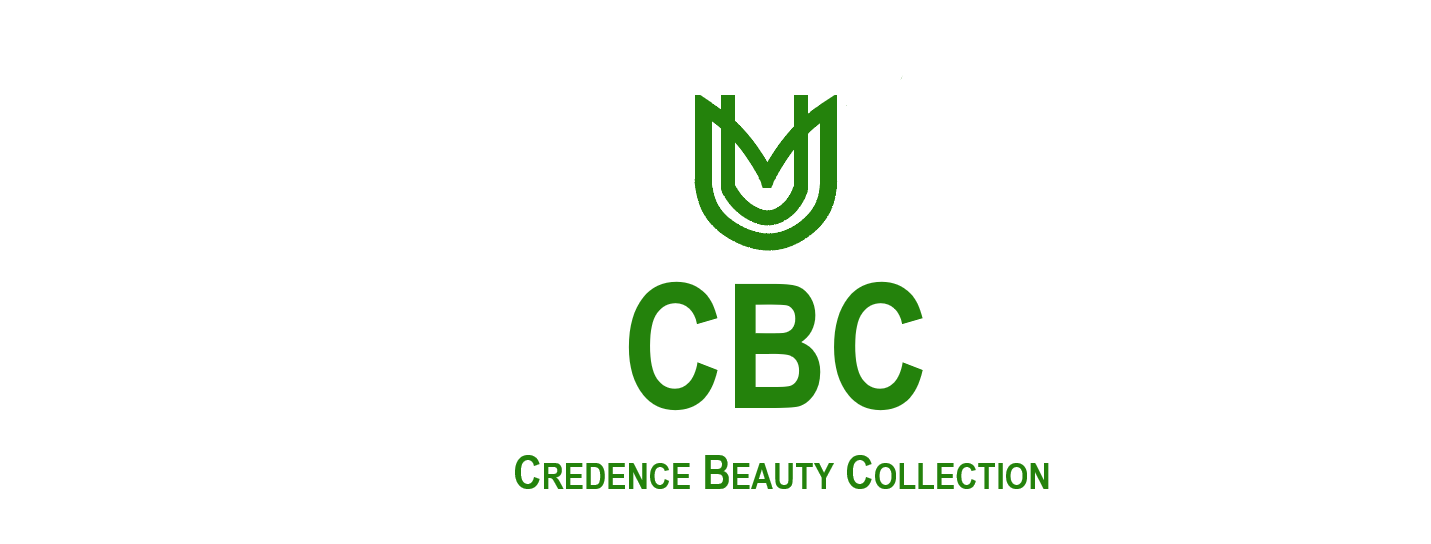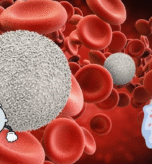Beauty trends have become an integral part of our lives, with millions of people around the world following the latest styles and treatments to enhance their appearance. From skincare routines to makeup tutorials, haircare regimens to fashion statements, the beauty industry is a multibillion-dollar market that shows no signs of slowing down. But have you ever stopped to think about what drives our obsession with beauty trends? What psychological factors contribute to our desire to follow the latest looks and treatments?
In this article, we’ll delve into the psychology of beauty trends, exploring the underlying motivations and emotions that shape our attitudes towards beauty and appearance.
The Need for Social Validation
Humans are social creatures, and our desire for social validation plays a significant role in shaping our beauty habits. We tend to conform to societal norms and expectations, and beauty trends offer a way to fit in and gain approval from others. When we follow the latest beauty trends, we feel like we’re part of a larger community, connected to others who share our interests and values.
Social media has amplified this desire for social validation, with platforms like Instagram and TikTok showcasing the latest beauty trends and must-have products. Influencers and celebrities become role models, inspiring us to try new looks and treatments. The likes, comments, and followers we receive on social media serve as a form of validation, reinforcing our desire to continue following beauty trends.
Self-Expression and Identity
Beauty trends also offer a means of self-expression and identity formation. Through our beauty choices, we can convey our personality, values, and attitudes towards life. For example, someone who follows a minimalist skincare routine may be signaling their preference for simplicity and sustainability, while someone who experiments with bold makeup looks may be expressing their creativity and confidence.
Our beauty habits can also reflect our cultural background, socioeconomic status, and personal experiences. For instance, traditional African beauty practices like braiding and scarification may hold cultural significance and serve as a connection to one’s heritage.
The Pursuit of Perfection
The beauty industry perpetuates an unattainable ideal of perfection, with advertisements and social media feeds showcasing flawless skin, perfectly coiffed hair, and airbrushed features. This can create unrealistic expectations and fuel our desire to strive for an unattainable beauty standard.
The pursuit of perfection is closely tied to our self-esteem and body image. When we feel like we don’t measure up to societal beauty standards, we may experience feelings of inadequacy and low self-esteem. Beauty trends can become a way to cope with these feelings, as we seek to improve our appearance and boost our confidence.
The Role of Emotions
Emotions play a significant role in shaping our beauty habits. We often turn to beauty treatments and products as a way to relax, unwind, and pamper ourselves. A soothing skincare routine or a rejuvenating facial can become a form of self-care, providing a much-needed break from the stresses of daily life.
Beauty trends can also evoke feelings of excitement and novelty. Trying a new makeup look or experimenting with a trendy hairstyle can be a thrilling experience, providing a sense of adventure and playfulness.
The Impact of Cultural and Historical Context
Beauty trends are shaped by cultural and historical context, reflecting the values, attitudes, and technologies of a particular time and place. For example, the 1920s flapper era celebrated bold, daring beauty looks, while the 1990s grunge movement emphasized a more relaxed, natural approach to beauty.
Cultural exchange and globalization have also influenced beauty trends, with different cultures borrowing and adapting beauty practices from one another. The increasing popularity of Korean skincare routines and Indian henna designs are examples of this cross-cultural exchange.
The Psychology of Beauty Trends: Key Takeaways
- Social validation: Our desire for social validation drives our obsession with beauty trends, as we seek to fit in and gain approval from others.
- Self-expression: Beauty trends offer a means of self-expression and identity formation, allowing us to convey our personality, values, and attitudes towards life.
- Pursuit of perfection: The beauty industry perpetuates an unattainable ideal of perfection, fueling our desire to strive for an unrealistic beauty standard.
- Emotions: Emotions play a significant role in shaping our beauty habits, with beauty treatments and products serving as a form of self-care and relaxation.
- Cultural and historical context: Beauty trends are shaped by cultural and historical context, reflecting the values, attitudes, and technologies of a particular time and place.
In conclusion, the psychology of beauty trends is complex and multifaceted, driven by a range of psychological, social, and cultural factors. By understanding these underlying motivations and emotions, we can develop a more nuanced appreciation for the beauty industry and our own beauty habits. Whether we follow beauty trends for social validation, self-expression, or emotional comfort, it’s essential to recognize the psychological forces at play and cultivate a positive, healthy relationship with beauty.



